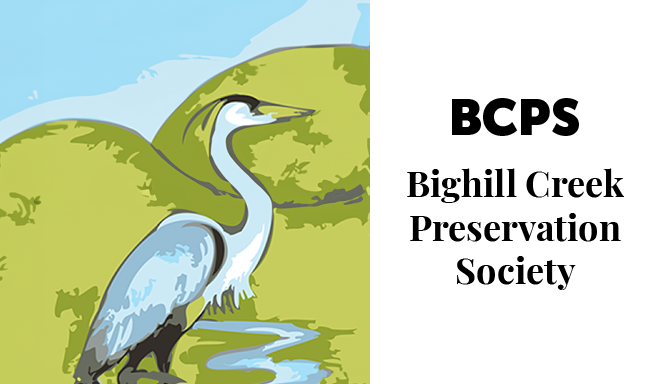To whom it may concern,
I am writing you today on behalf of the Canadian Parks and Wilderness Society, Southern (CPAWS). We appreciate the opportunity to provide input into the re-designation of land under the Rocky View Land Use Bylaw C-8051-2020to allow for industrial gravel mining. CPAWS does not support this re-designation for the reasons outlined below.For over 50 years CPAWS Southern Alberta has worked with governments, communities, recreation groups and conservation partners to improve our provincial park system, so that it prioritizes nature a diversity of ecosystems. We advocate for creating and managing parks that preserve critical wildlife habitat and the movement corridors that link them, while maintaining the important ecosystem services, such as water, and ensuring quality outdoor experiences for Albertans. As you know, the proposed site of this gravel pit is directly upstream and adjacent to Big Hill Springs Provincial Park, one of Alberta’s first Provincial Parks. Industrial activity associated with gravel mining is extremely disruptive to both people and the ecological system. A large gravel pit adjacent to the Park will significantly hinder Albertans’ use and enjoyment of this Park. Albertans have made it clear in the last year that they love Alberta’s Parks. In the midst of the COVID-19 pandemic, Albertans flocked to these places, and when they were put at risk, Albertans stood up for our Parks. This situation is no different. The application to re-designate land to allow for an industrial development of this scale is simply unacceptable. Gravel mining is extremely disruptive to the ecosystem, and this proposed project would be particularly disruptive. It is located on the Big Hill Springs aquifer, posing significant risk for groundwater contamination and downstream water quality1,2. The area that the project and the Big Hill Springs Provincial Park are located within is also important for wildlife movement and connectivity in the area. Industrial disturbances such as gravel extraction have been found to impact wildlife movements in different contexts; impacts such as noise3, reduction in water quality, and loss of wildlife habitat are likely to affect both terrestrial and aquatic wildlife connectivity and use of the area. Finally, this area is in close proximity to federally designated Critical Habitat for Westslope Cutthroat Trout and areas in which Critical Habitat for Bull Trout may be found4. The region may well have at-risk native trout present. Given the social and ecological value of this area, directly adjacent and upstream from a Provincial Park, in an ecologically sensitive area, is not the place for such industrial development.A full cumulative effects assessment of the region needs to be undertaken before any additional industrial proposals are considered.
Thank you for your consideration.
Sincerely,
Katie Morrison,
M.E.Des., P.Biol.Conservation
DirectorCPAWS Southern Alberta
1Hatva, Tuomo. “Effect of gravel extraction on groundwater.”IAHS Publications-Series of Proceedings and Reports-Intern Assoc Hydrological Sciences222 (1994): 427-434.
2Bayram, Adem, and Hızır Önsoy. “Sand and gravel mining impact on the surface water quality: a case study from the city of Tirebolu (Giresun Province, NE Turkey).”Environmental earth sciences73.5 (2015): 1997-2011.
